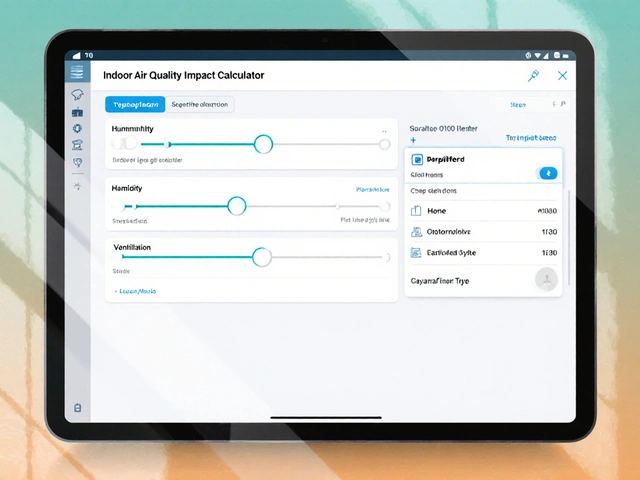Flurbiprofen Dosage — What to Take and When
Flurbiprofen comes in two common forms: small throat lozenges for sore throats and oral tablets for pain or inflammation. The dose you need depends on the form and your health. Read the label or follow your prescriber's directions. Below are practical, commonly used dosing ranges and safety tips so you know what to expect.
Common doses
Lozenges (sore throat): Most flurbiprofen lozenges contain 8.75 mg of active drug. Typical use is one lozenge every 3–6 hours as needed, and most labels limit you to a maximum of five lozenges in 24 hours. Don’t chew the lozenge — let it dissolve slowly so it coats the throat.
Oral tablets (systemic pain/inflammation): Tablet strengths vary, often 50 mg. A common adult total daily range is about 100–300 mg per day, divided into two or three doses. That means you might see dosing like 50–100 mg taken two to three times daily. Higher doses (near 300 mg/day) are only used under medical supervision. Take tablets with food or milk to reduce stomach upset.
Safety tips and when to call your doctor
Flurbiprofen is an NSAID. That means it can help pain and inflammation but also raises risks for stomach bleeding, kidney strain, and interactions with other drugs. Stop and call a healthcare professional if you notice black stools, severe belly pain, yellowing of the skin, sudden shortness of breath, or swelling of the face, hands, or ankles.
Avoid taking flurbiprofen with other NSAIDs (like ibuprofen or naproxen) or with blood thinners (warfarin, direct oral anticoagulants) unless your doctor says it’s safe. Mixing with steroids or heavy alcohol use increases bleeding risk. If you take ACE inhibitors, ARBs, or diuretics, check with your doctor — combining these can affect kidney function.
Pregnancy and breastfeeding: Don’t use flurbiprofen in late pregnancy because NSAIDs can harm the baby’s circulation. If you’re pregnant or breastfeeding, talk to your clinician before using any NSAID.
Older adults and people with kidney or liver disease need lower doses or alternative drugs. Kids: flurbiprofen lozenges are usually not for young children — follow the product age rules.
Final practical note: always follow the prescription label and ask your pharmacist if you’re unsure which form you have or how often to take it. If pain or sore throat symptoms last more than a few days despite correct dosing, get medical advice. A quick check now can prevent bigger problems later.

Flurbiprofen Dosage: How to Choose the Right Amount for Your Pain
In today's blog post, we'll be discussing Flurbiprofen dosage and how to choose the right amount for your pain relief. Flurbiprofen is a nonsteroidal anti-inflammatory drug (NSAID) that helps reduce inflammation and alleviate pain. It's crucial to follow your doctor's recommendations for the correct dosage, as it may vary based on factors such as age, weight, and the severity of pain. Remember, taking more than the recommended dose can lead to potential side effects and complications. Stay tuned for a more in-depth look at Flurbiprofen and tips on managing your pain effectively.
Health and WellnessLatest Posts
Tags
- online pharmacy
- medication
- dietary supplement
- side effects
- online pharmacy UK
- medication safety
- mental health
- impact
- online pharmacies
- dosage
- generic drugs
- antibiotic side effects
- skin health
- health
- pain relief
- dietary supplements
- massage therapy
- medication side effects
- eye inflammation
- health benefits




